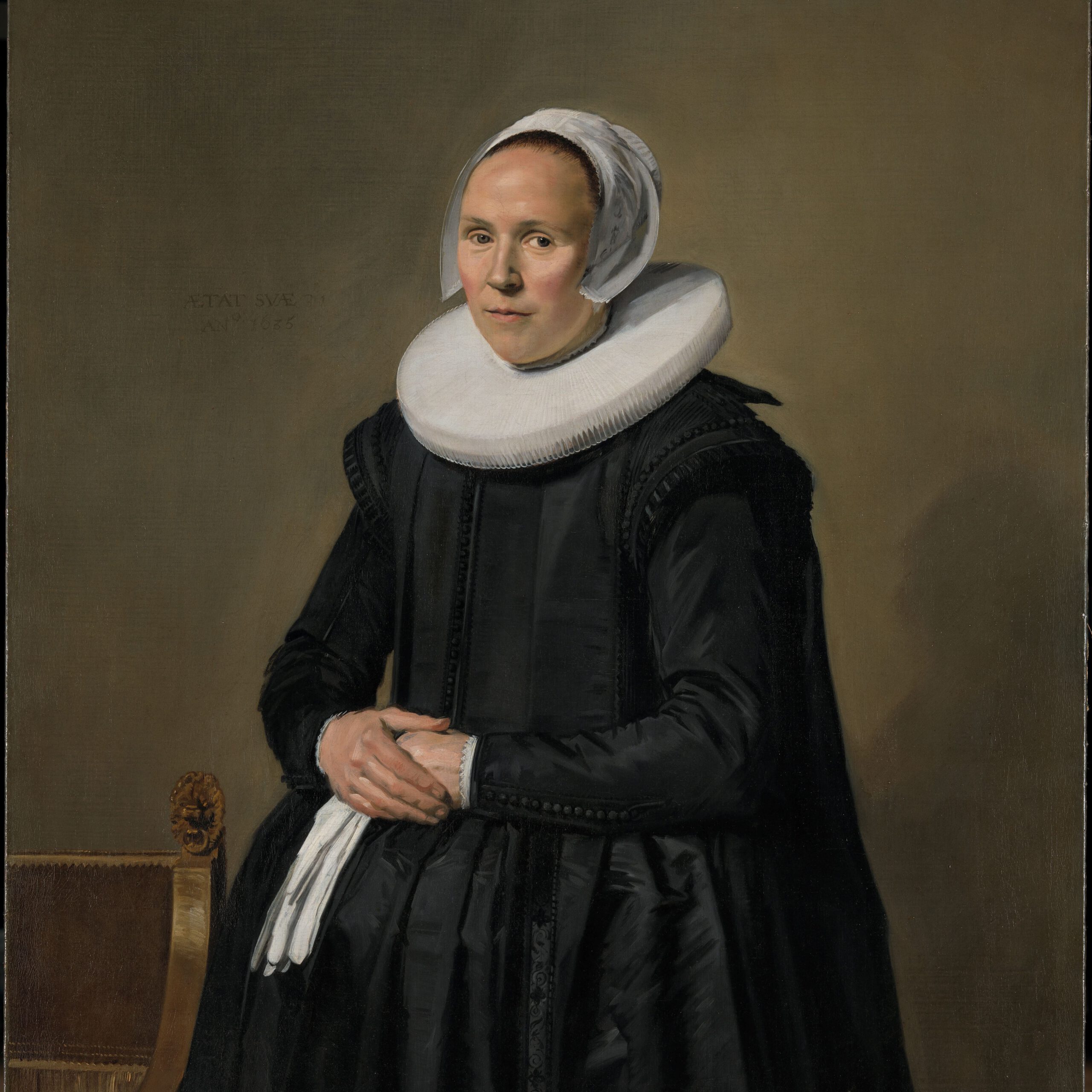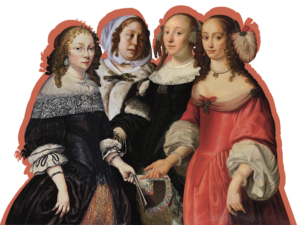Courses
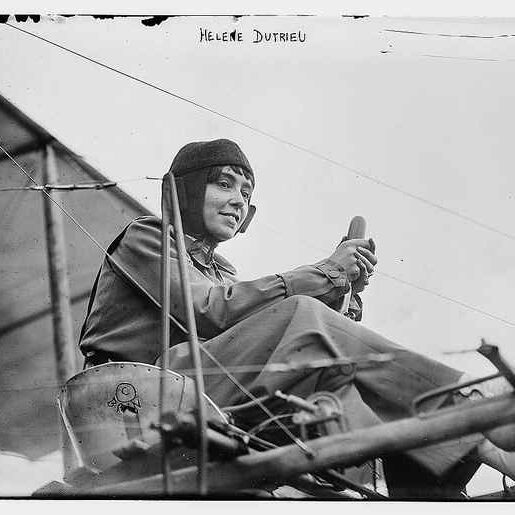
2023-2024 / dr. J. Noorman
Writing Women into History
In recent years, worldwide public debates about injustice and inequality have changed how we present and think about the past. Subsequently, a wide range of missing and underrepresented subjects and persons have been and are being written into history. New perspectives continuously allow for fresh insights, which require language changes. But what does it mean to revise history and to present a more inclusive version of the past? As an introduction to the major ‘Art and Media’, this course uses the subject of women and gender inequality as an example to demonstrate the challenges and consequences of revisionist history. In a changing world rich with viewpoints, definitive answers are hard to come by, so you will learn methods and concrete instruments to approach topical questions, you will be actively engaged to rethink the past and the present, and you will position yourself within academic and public debates. Read more.
Student Podcasts on Women’s History
For the course “Writing Women Into History”, developed by Judith Noorman and Anna Lawrence, students of the bachelor’s program Global Arts, Culture and Politics have created two podcast episodes. Both episodes focus on the overlooked role of women in history.
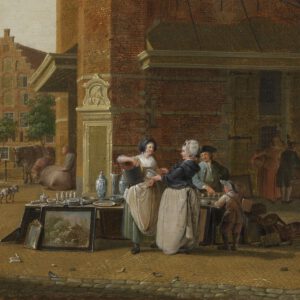
2021-2022, 2023-2024 / dr. P. Bakker
Painters, Admirers & the Market
Painters, Admirers and the Market for Paintings in the Dutch Republic, 1590-1700
For an overall understanding of early modern Dutch painting, knowledge of the art market is necessary. This course follows the art market from its inception around 1600 until after its decline in the Disaster Year 1672. The painters are considered through aspects such as education, studio practice, specialisation, organisation, differentiation, professionalisation and the available sales channels. The course will also focus on an entirely new angle: the role of women. Who decided on the purchases of paintings? Did women buy paintings? Or were women otherwise active in the art market? Read more.
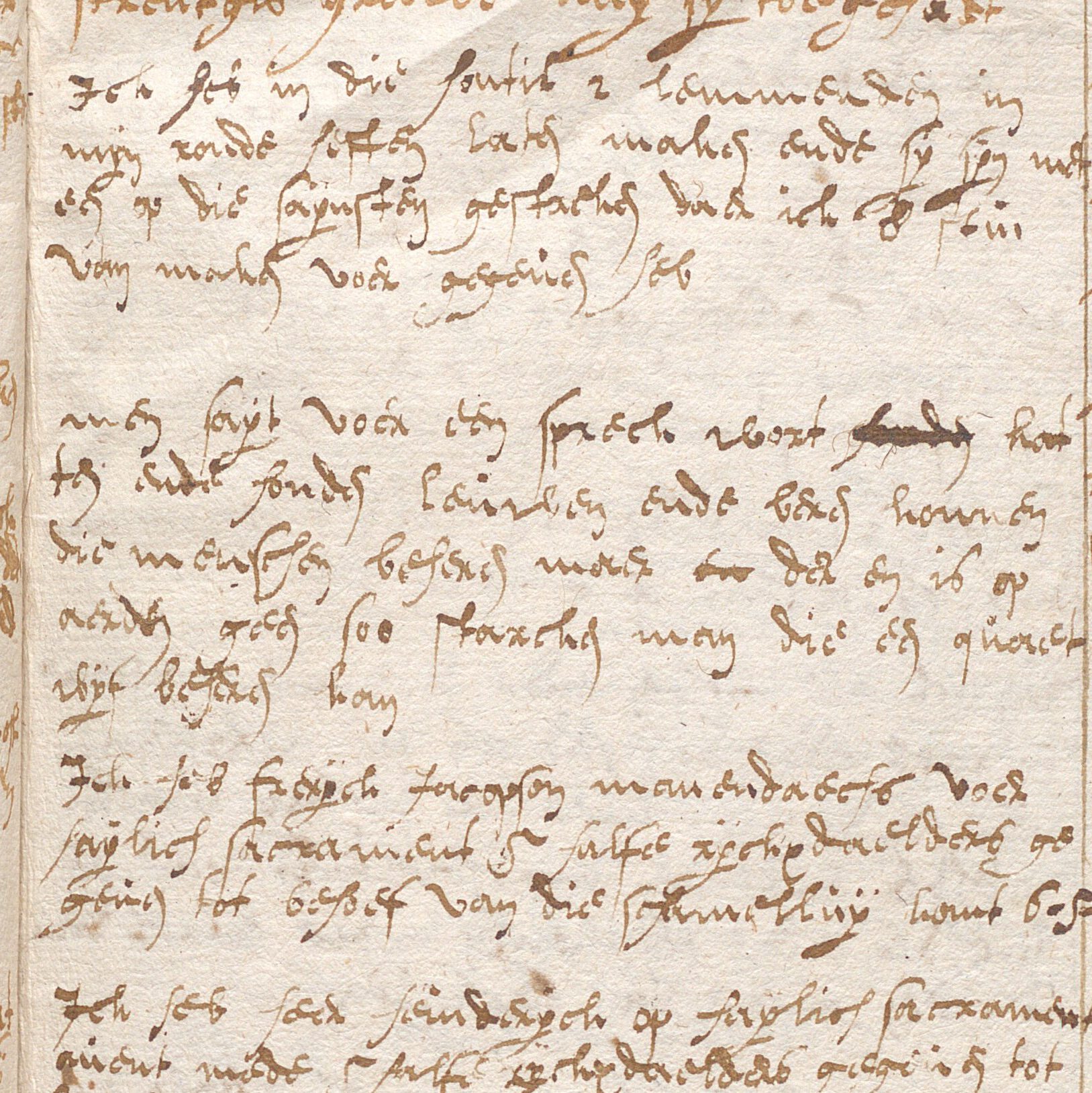
2022-2023 / dr. J. Noorman and dr. P. Bakker
Women on the Art Market
In this BA research seminar, 21 students learn how to read seventeenth-century archival documents. The students are divided into small groups. Each group studies the probate inventory of a woman – a shopkeeper, a painter’s widow, or an owner of many paintings – to better understand their role on the art market. Read more.
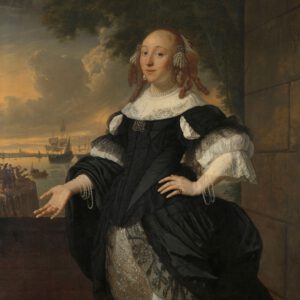
2021-2022 / dr. J. Noorman in collaboration with the Rijksmuseum
The Wife of…
Women of the Rijksmuseum: Pendant Portraits
Of the majority of seventeenth-century portraits of married couples, we know much more about the man than about the woman. In this course, students researched a pendant portrait in the Rijksmuseum collection and thereby made a concrete contribution to redressing gender inequality in museum displays. Under the guidance of the lecturer and professionals from the field, the students investigated how the woman is presented to the public in comparison to her husband. The results will be incorporated into the research program ‘Women in the Rijksmuseum.’ Read more.
Students Explore Portrayed 17th-Century Women
In the course ‘Women of the Rijksmuseum,’ students from the UvA Art History program examined the life story of a portrayed woman each, showing how these women can be presented as more than just ‘the wife of …’. In videos produced by the Rijksmuseum, three students share their research: Meg Koning discusses the portrait medallions of Catharina Hooft and Cornelis de Graeff; Lot Baumann delves into the double portrait of Abraham Casteleyn and Margaretha van Bancken by Jan de Bray; and Judith de Boer explores the portrait of Maria Joachimsdr Swartenhont by Nicolaes Eliasz Pickenoy.
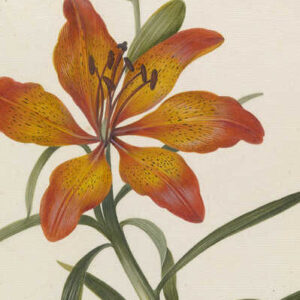
2020-2021 / dr. J. Noorman in collaboration with the Amsterdam Museum
Drawing = Thinking
Drawing in the Amsterdam Museum, 1500-1800
Drawing is the basis of all the visual arts. For art historians, it is therefore essential to know how to look at drawings and to understand what artists were thinking. Students independently researched a drawing chosen from the Amsterdam Museum collection. The importance of the visibility of women in the museum was emphasised. The students cemented their research through a contribution to the online catalogue. Read more.
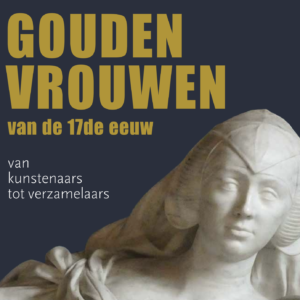
2019-2020 / dr. J. Noorman
We Are Writing a Book
Artistic Women of the Seventeenth Century
During this module, students wrote a book with their teacher. Several professionals – a publisher, an editor, and the head of education of a major museum – taught them how to write a scholarly-level public text. The subject of the book is art women of the Golden Age. A long-overlooked topic that has been the subject of recent research. Read more.
Education Award
In 2020, the BA course ‘We schrijven een boek’ (We are writing a book), taught by Judith Noorman won the Education Award for the most innovative course of the Faculty of Humanities. The course, in which students wrote a book about 17th-century women in arts in just a few weeks’ time, also won the Audience Award.
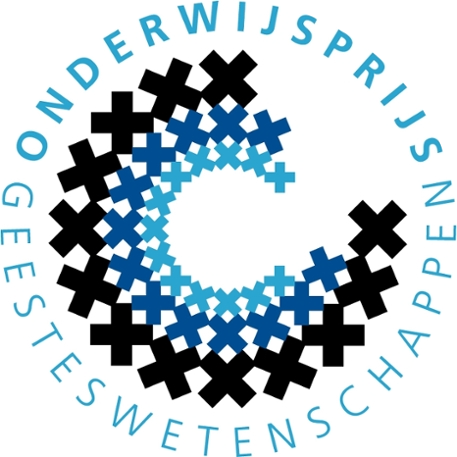
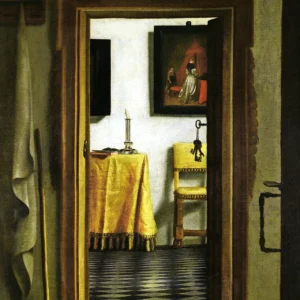
2018-2019 / prof. dr. F. Grijzenhout and dr. J. Noorman
Mistress of the House
Women and the Art Market during the Seventeenth Century
The house is a perfect example of an economic and cultural unity in the Dutch Republic (1581-1795). Houses are designed, built and furnished with household goods, with art. This was the focus of the working group in which students contributed to a new research project the professors were working on. Under the guidance of the professors, students worked on a case study, testing the academic potential of the topic: Women and the Art Market of the Golden Age. Read more.
Theses
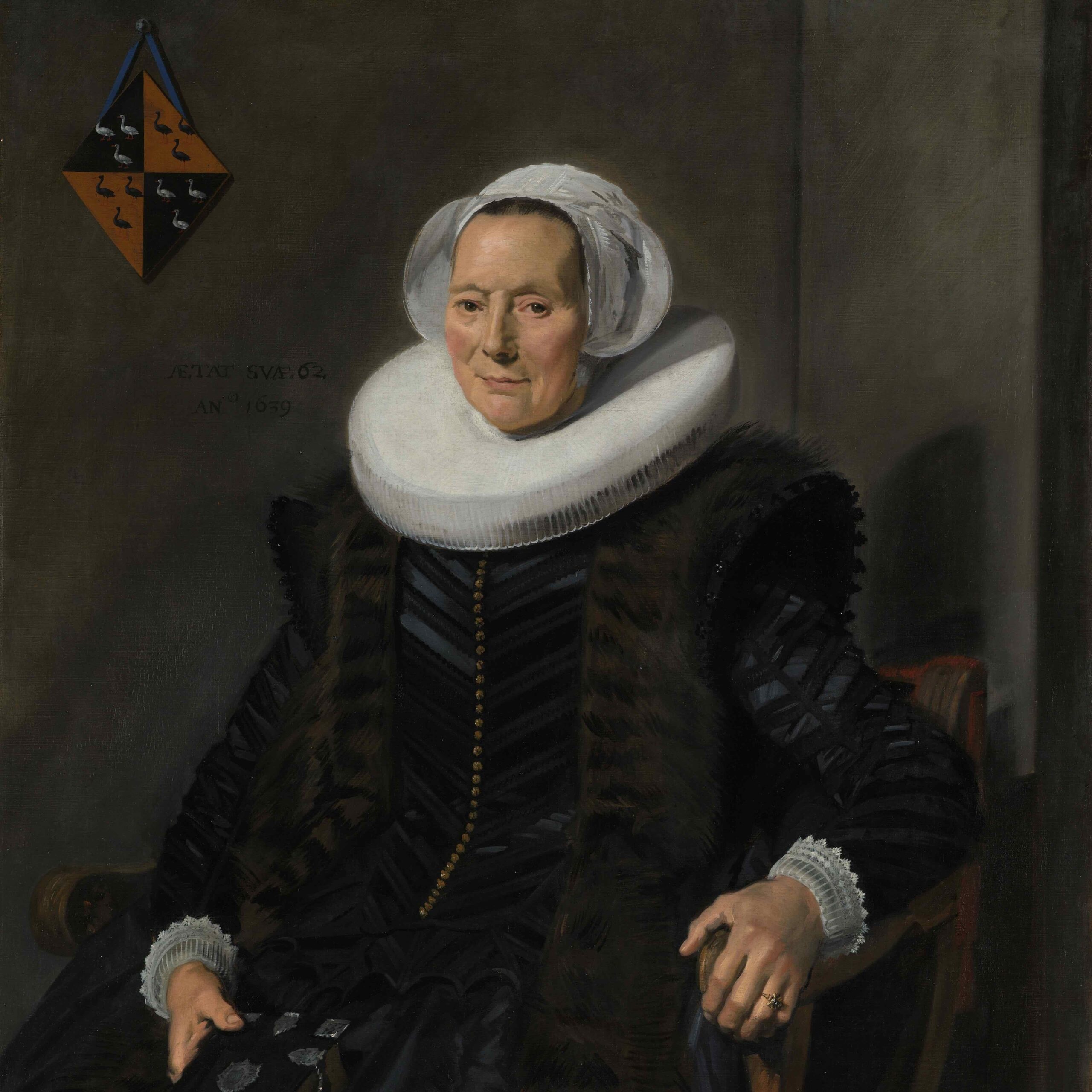
Femke Valkhoff / rMA Art History 2023 / supervised by dr. J. Noorman
Out of the Shadows
In her MA thesis, Femke Valkhoff, a former intern of The Female Impact, explores the role of Haarlem brewers within their family, the brewery, and as art buyers for the household. Femke won the DZE Thesis Prize from the Seventeenth Century Studies Group (Werkgroep De Zeventiende Eeuw) and published an article in the Rijksmuseum Bulletin: ‘“Vrouwen die Brouwen”: The Life and Work of Maritge Claesdr Vooght,’ The Rijksmuseum Bulletin 71 (2023) 1: 32-41.
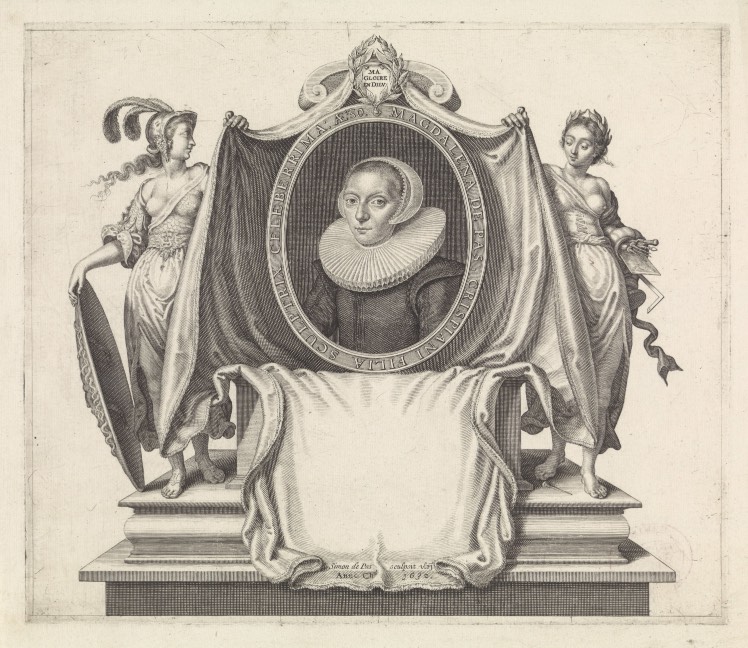
Zita Mees / MA Art History 2023 / supervised by dr. J. Noorman
Magdalena van de Passe
This MA thesis Cum privilegio. Kunsthistorisch en rechtshistorisch onderzoek naar de privileges van Magdalena van de Passe focuses not just on Van de Passe (1600-1638) as an artist, but more on who she was as a woman and an artist. The thesis sheds new light on her life, career and family from an art historian and legal perspective. Magdalena was an innovative, talented artist, making her famous printed sleeping caps, and many more high-quality prints on paper. But she was much more than that. Working in her father’s famous workshop in Utrecht, she was able to make a name for herself and protected some of her work with so-called ‘privileges’, forbidding others to make and sell the same work as she did.
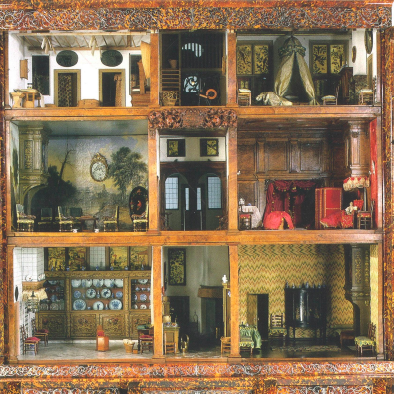
Hannah Jansen / BA Art History 2023 / supervised by dr. J. Noorman
Waar een klein huis groot in kan zijn
The highly detailed and expensively made dollhouses in the Dutch Republic are assigned a variety of functions in secondary literature: from educational and moralising ends, to entertaining and show-off purposes. This thesis first answers the question to what extent the interpretation of these functions follows from the primary sources consulted, and then argues that the movable elements of the dollhouses have remained insufficiently explored in the interpretative literature. Through a schematic presentation of the movable parts, another function comes to light: creating effects of surprise meant for an audience. Hence, this thesis argues that we can gain a new understanding of the social function of the dollhouse as a performance based on trickery and deception of the eye.
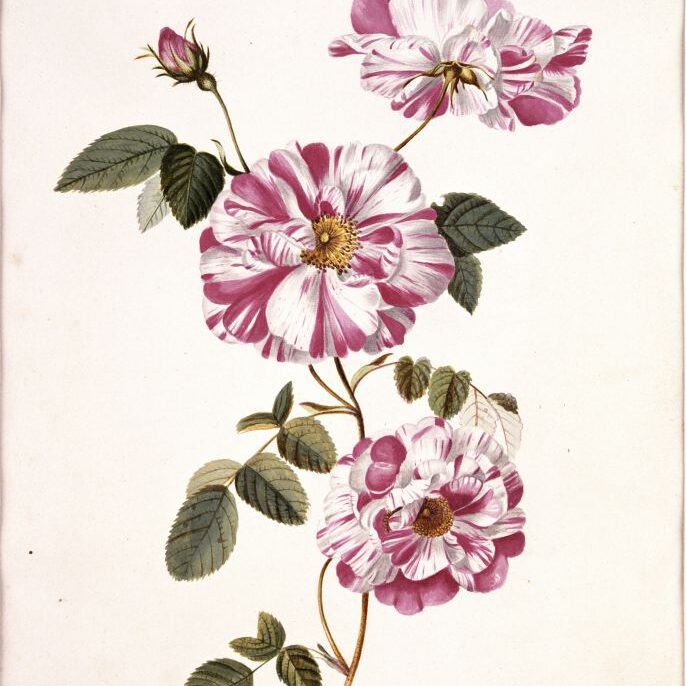
Mike Hermsen / rMA Arts of the Netherlands 2022 / supervised by dr. J. Noorman
Alida Withoos
This Research MA thesis is about botanical artist Alida Withoos (1661-1730). Mike Hermsen’s catalogue raisonné of her drawings is an important contribution to our understanding of Withoos. He painstakingly describes the issue of attribution and detailed her position within a knowledge network. Mike also interned at the Amsterdam Museum, where he guest-curated the online catalogue and exhibition Women on Paper.
Frank Verveld / MA Gouden Eeuw 2021 / supervised by dr. J. Noorman
Kloppers & Dopers
Based on his master thesis, Frank Verveld published Kloppen en dopers. Zeventiende-eeuwse Haarlemse vrouwen met een verboden geloof in the Haerlems Jaarboek 2021.
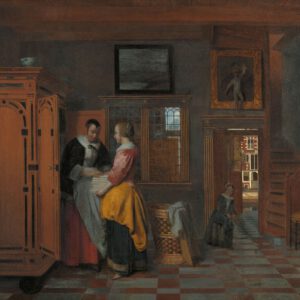
Anne-Linde de Ruiter / BA Art History 2021 / supervised by dr. J. Noorman
Klasse uit de Kast
It has been notoriously difficult to differentiate a maid from a mistress in Pieter de Hooch’s seventeenth century interior scenes. In this bachelor thesis, the author suggests various approaches that may be of use in identifying the social class of De Hooch’s women, from their actions — such as sweeping, childrearing or reading — to their costumes. The author also introduces a new method: the ‘Cinderella method’, in which the art historian must take a closer look at the women’s footwear to discern their social class.
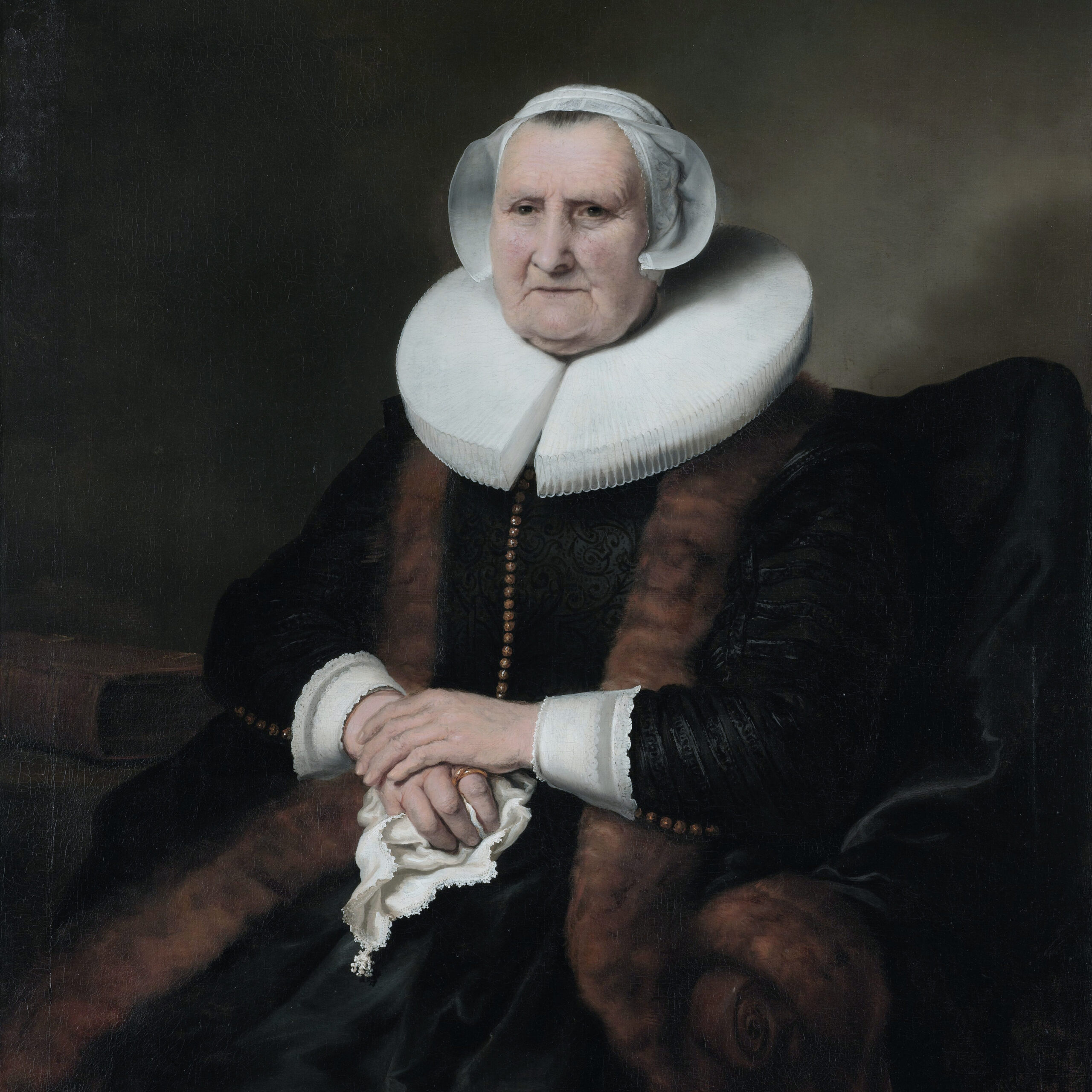
Marije Dekker-Haan / BA Art History 2021 / supervised by dr. J. Noorman
Widows Portrayed
This BA thesis collects many portraits of widows that were painted in the seventeenth-century Republic. Marije reveals how widely diverse widows had themselves portrayed, depending on the year in which the portrait was made, as well as their wealth and status. Marije also debunks the myth that portrayed women can be identified as widows solely based on what they wore.
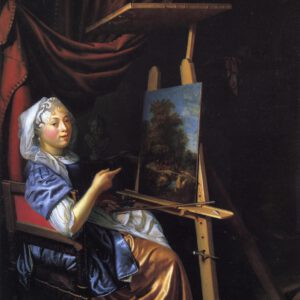
Channah Hofsté / rMA Arts of The Netherlands 2021 / supervised by dr. J. Noorman
Self-Portraits
In the Dutch Republic (1588-1795), both professional and amateur female artists portrayed themselves. The preserved self-portraits — as far as is known — have never been catalogued together before. Based on a newly compiled dataset, this thesis examines to what extent the social, socio-economic and artistic circumstances of these artists can help to explain the object properties and iconography of their self-portraits. It has become ostensible that in studying female self-portraits not only gender and authorship should be considered, but also the biography of the creator. Only then it is possible to understand these objects within an artistic, social and socio-economic context.
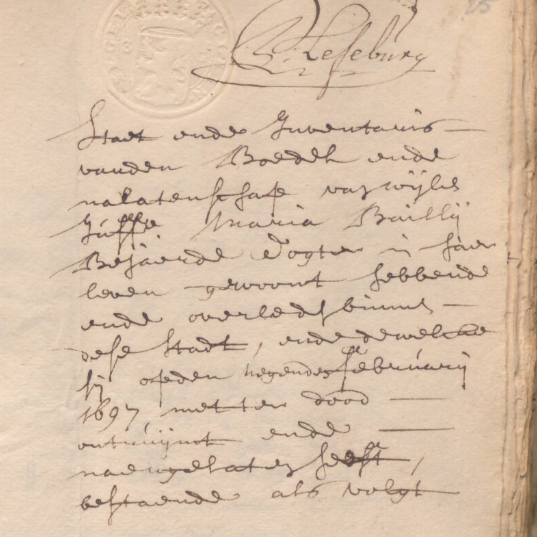
Eline Horlings / rMA History 2020 / supervised by dr. J. Noorman
Bejaerde Dochters
Eline wrote her MA Thesis about elderly daughters (bejaerde dochters), women who were legally of age (25 years or older) and unmarried. The artworks mentioned in their probate inventories offer a unique opportunity to study the female impact on the art market. Eline wrote in-depth study cases about Maria Johanna Cosson, Johanna Trip, Sara de la Vinkeur and Maria Baillij.
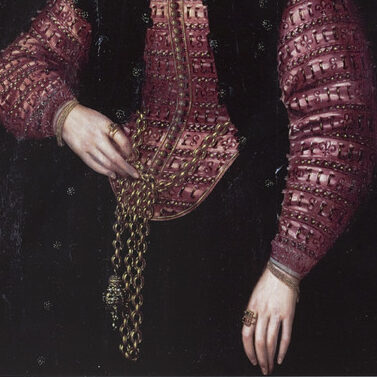
Marthe van Nieuwland / MA History 2019 / supervised by dr. J. Noorman
Rijkdom kun je Ruiken
Pomanders are round often silver (or gold) objects that could contain fragrant substances. Taking an interdisciplinary approach, Marthe discusses the medical and olfactory functions of pomanders, as well as numerous marriage portraits of women holding pomanders. Her thesis was titled: Rijkdom kun je ruiken. Over de sociale status van pomanders in de zeventiende eeuw (2019).
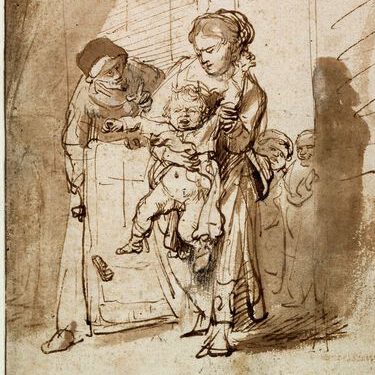
Guido Leguit / BA Art History 2019 / supervised by dr. J. Noorman
Rembrandt’s Children & Women
In his BA thesis (2019), Guido collected and analysed Rembrandt’s drawings of children and women. Based on his catalogue, Guido describes how Rembrandt depicted children and women in specific ways.
